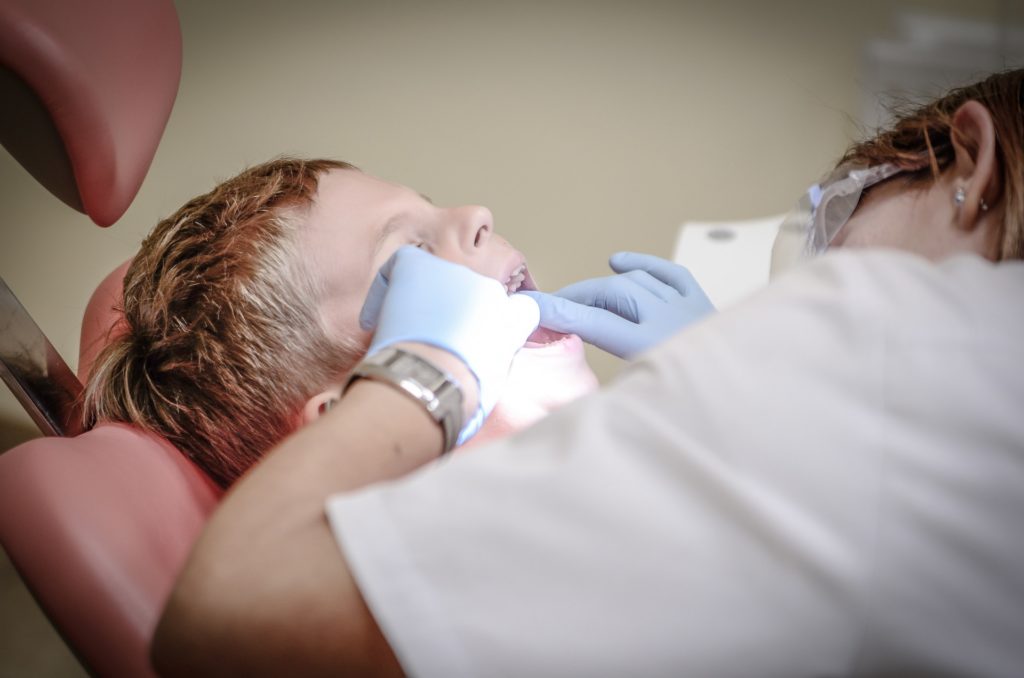COVID-19 has done more than keep us in quarantine. This world-wide pandemic changed the way we handle even routine things. Prior to its outbreak, if we had a dental emergency, we contacted our dentist, scheduled an appointment and the issue taken care of.
Unfortunately, due to the infectious nature of COVID, dental offices have also temporarily shut down, leaving patients wondering what to do if they were to have a dental emergency.
Here’s what you need to know about treating a dental emergency during the pandemic.
Assess Your Situation
The first thing you should do is assess the severity of the issue. Whether it’s you or someone you know, you need to make sure they don’t need emergency medical treatment. If you or someone else fell and hit the head, you may need to call 911.
Also, even if you didn’t hit your head, you might need immediate medical attention if you’re bleeding profusely. Depending on the mechanism of injury, some dental injuries may also fracture bones of the face and jaw.
If that’s not the case, then you can proceed to assess the damage. If you cracked your tooth or lost a filling, you should call your dentist to determine the next steps. The most important thing is that you reach out and let your dentist know there’s a potentially serious issue.
Contact Your Dentist
Once you contact your dentist, let them know exactly what the dental emergency is and how it occured. Since most dental professionals are holding video consultations, they might ask you to hop online so they can take a closer look.
The key is giving as much information as possible, so they can tailor a treatment plan. If you happened to knock your tooth out, they may recommend soaking it in a glass of milk unti it can be put back in the socket. If it’s a hairline fracture of a chipped tooth, you may have to wait until it’s safe for the office to reopen.
Whether your dentist has you come to the office or go to the nearest hospital, which handles dental cases will depend on the emergency itself. Since the ADA has recommended that all dental practices close, it will be up to your dentist to determine if they can see you. If they can’t, they may refer you to another dentist who is able to help.
Monitor Your Symptoms
As some states are easing the social distancing rules, you need to keep an eye on your symptoms. For instance, if you lost your crown or chipped your tooth, depending on where you live, your dentist may ask you to come in, or tell you to save the tooth and follow up at another time.
Keep in mind that even when this does happen, there will be rules and regulations in which your dentist office follows. These may include limiting the number of patients in the office at one time, asking you to come alone and even having less staff present. Make sure to inquire before your appointment.
If you’re in doubt about whether you should contact your dentist, below are a few examples of what constitutes a dental emergency:
- Swelling of the face and jaw
- Broken teeth
- Broken dentures or braces
- Pain after prior dental extraction
- Bleeding that does not stop even with pressure application
Note, cosmetic procedures such as teeth whitening or straightening are not dental emergencies. Unfortunately, if you had previously scheduled appointments, you may have to wait until the ADA and CDC say it’s safe to open.
Things to Consider
In the already stressful landscape of COVID-19, having a dental emergency only magnifies heightened stress levels. The most important thing you can do is listen to your dentist, in addition to your gut instinct and if you feel you need immediate attention or you begin to experience excruciating pain, head to the nearest hospital, if possible.



